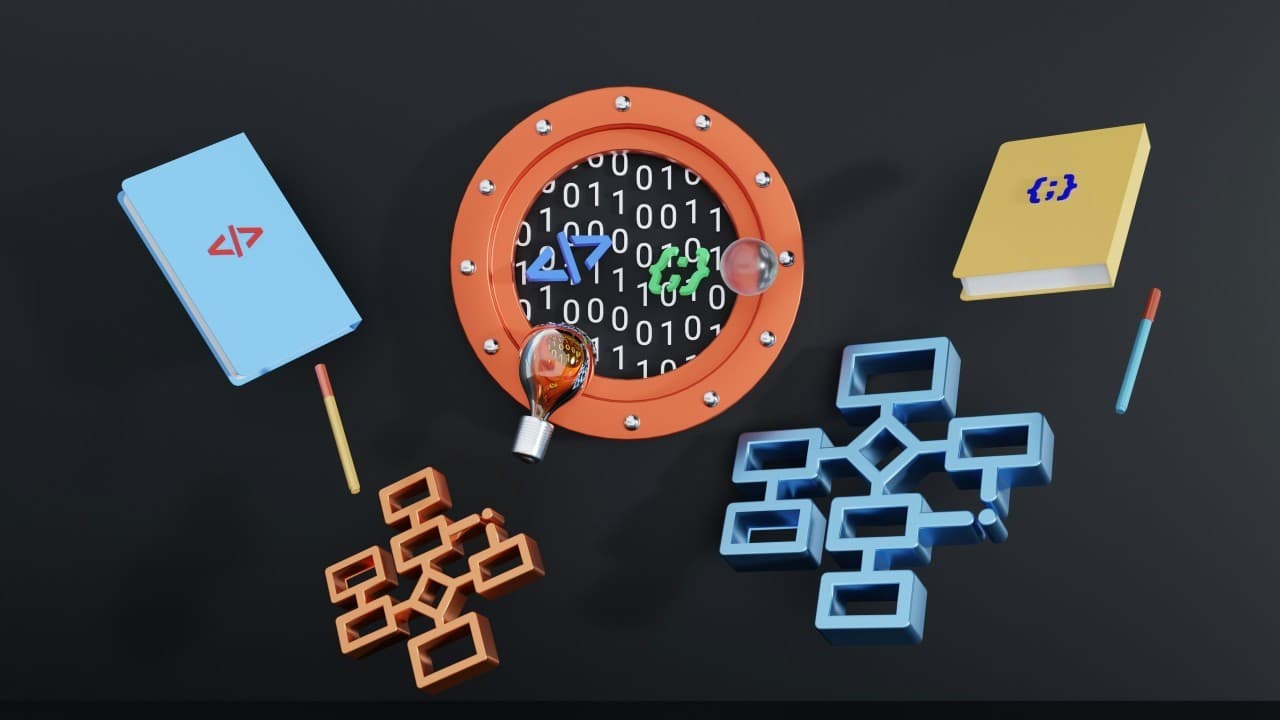
After two decades building and shipping software at Microsoft and now as the founder of Nedl Labs, I am a firm believer that startups don't fail from lack of ideas; they die from lack of execution velocity.
The graveyard of failed startups is filled with brilliant technology that never found its market and slick GTM engines selling vaporware. The companies that survive and thrive are the ones that master both: relentless go-to-market execution paired with deep tech intensity, compounding advantages that transform speed into staying power.
What Most Founders Get Wrong
Most startup advice falls into two camps:
Camp 1: "Just Ship Fast"
Move fast and break things. Growth at all costs. GTM velocity über alles. The problem? You end up with a sales-led company selling features that any competitor can copy in 90 days. You're in a race you can never stop running.
Camp 2: "Build Deep Tech"
Focus on the technology. Build something truly differentiated. Create IP. The problem? You run out of runway before finding product-market fit. You have a PhD thesis, not a business.
Both approaches fail because they are incomplete.
The invincible startup requires both; simultaneously, relentlessly, and with equal intensity.
Defining the Framework
Relentless GTM
The systematic, repeatable process of finding, winning, and expanding customers faster than your competitors can respond. It's not just sales or BD; it's the entire engine from positioning to pricing to partnership activation to customer success.
Tech Intensity
The rate at which you build proprietary technology and first-party IP that creates a genuine competitive advantage. It's not just about using AI; it is about building AI capabilities that your competitors can't easily replicate.
When you combine both of these forces, you create compounding defensibility: each customer win teaches you things that improve your technology, and each technological advancement opens new GTM opportunities.
Your moat deepens with every iteration.
Why This Matters Now More Than Ever
The 2020s have fundamentally changed the startup game:
- AI has commoditized features. What took 6 months to build in 2020 takes 6 weeks in 2025. Every startup has access to the same LLMs, cloud infrastructure, and dev tools.
- Buyers are more sophisticated. Enterprise customers now spend only 17% of their purchase time with vendors. They evaluate 6--10 solutions before making decisions. Your demo is irrelevant if it is not in the consideration set.
- Capital is selective. The spray-and-pray funding era is over. Investors want to see both traction (GTM) and durability (tech intensity). You need both to raise, both to scale, both to exit.
The question is not about prioritizing GTM or Product. The question is:
How do you build both engines simultaneously without breaking your company?
Startup Playbook: Building GTM × Tech Intensity
To build a defensible, high-velocity startup, master both go-to-market execution and deep technical intensity. Here's how:
1. Pick a Problem with Pain + Depth
Choose a problem that's:
- Acute: Costs customers real money/time today
- Underserved: Incumbents use manual processes or legacy systems
- Technically complex: Requires AI, data engineering, or novel algorithms
Why it matters: Urgency drives sales velocity. Complexity creates defensibility.
Your action: List 3 problems where customers will pay 10x more for a solution that takes 2+ years to replicate.
2. Make Tech Accelerate GTM
Your technology should:
- Reduce onboarding time (days, not months)
- Generate quantifiable proof points (savings, accuracy, speed)
- Improve with each customer (data/model network effects)
The test: Is each new customer easier to close than the last? If not, your tech isn't creating GTM leverage.
Your action: Identify one technical capability that will cut your sales cycle in half.
3. Let Customers Drive Your Roadmap
Track these metrics quarterly:
- Time-to-First-Value: Contract signature → first meaningful result
- Expansion Rate: % of pilots → multi-year contracts
- Feature Pull-Through: Which capabilities drive renewals?
Decision rule: If a feature doesn't shorten sales cycles, increase deal size, or improve retention, don't build it.
Your action: Set up a dashboard tracking these 3 metrics. Review weekly with GTM + engineering leads.
4. Hire for Velocity, Not Just Skills
GTM roles --- hire for:
- Owns outcomes (not activities)
- Data-driven iteration (not opinions)
- Strategic urgency (not chaos)
Engineering roles --- hire for:
- Customer impact > code elegance
- Ships fast without breaking things
- Builds for scale from day one
The principle: Skills are teachable. Speed is a personality trait.
Your action: Add one interview question that tests for bias-to-action, not just competence.
5. Build Compounding Feedback Loops
The flywheel:
Customer feedback → Engineering priorities → Better product → Faster sales → More customers → Repeat
Accelerate the loop:
- Deploy weekly (not quarterly)
- Engineers sit in on customer calls.
- Share metrics company-wide
- Reward compounded impact
The test: Can you go from customer request to production in <2 weeks?
Your action: Eliminate one handoff between GTM and engineering
The Truth About Intensity
Choosing both GTM and tech may seem slower than picking one, but it lays a strong foundation. GTM-only firms get quick revenue but end up competing on features; tech-only companies create cool demos but get stuck. With the dual-engine approach, you'll gain momentum and stay ahead in the long term.
The Pitfalls to Avoid
Building Both Engines: A Quick Actionable Guide for Founders
Pitfall 1: Sequential Thinking
Don't wait to address GTM until after product development. Building in stealth lets competitors learn faster and gain market traction.
Action: Integrate GTM plans early and iterate with customer feedback.
Pitfall 2: Confusing Activity with Progress
Busy work like frequent releases or outreach isn't true progress if it doesn't strengthen your market position.
Action: Measure results by outcomes --- market share, defensibility, scalable sales --- not just outputs.
Pitfall 3: Overemphasizing Success in One Area
Over-investing in either GTM or engineering leads to imbalances: revenue without delivery, or features without market fit.
Action: Balance investments in product and sales to maintain growth and retention.
Pitfall 4: Neglecting Organizational Culture
Prioritizing speed or quality alone can lead to burnout or weaken competitiveness.
Action: Foster a culture that values both innovation and reliability, as well as commercial wins and technical excellence.
Building both GTM and tech may take longer, but it's the only way to achieve lasting momentum and competitive advantage. Don't rush just for speed --- focus on strong foundations and balanced execution for long-term success.
Intensity equals velocity × defensibility × time.
Bottom Line
Startups that balance enterprise-level execution with deep technical intensity and speed will lead the future. Defensibility and strength come from systematic, persistent building.
Founders who master both will not just succeed, but reshape industries and set lasting standards.
Share this article
About the author

Founder Nedl Labs | Building Intelligent Healthcare for Affordability & Trust | X-Microsoft, Product & Engineering Leadership | Generative & Responsible AI | Startup Founder Advisor | Published Author
Most Recent
Top Articles
Also See

Policy Intelligence: From PDFs to Governed Knowledge Graphs

Measuring What Matters

Trustworthy Payment Integrity = AI Speed + Human Judgment

Enterprise GTM: The Essential Shift for Scaling

From Recovery to Prevention: A Trust-First Blueprint for Payment Integrity







